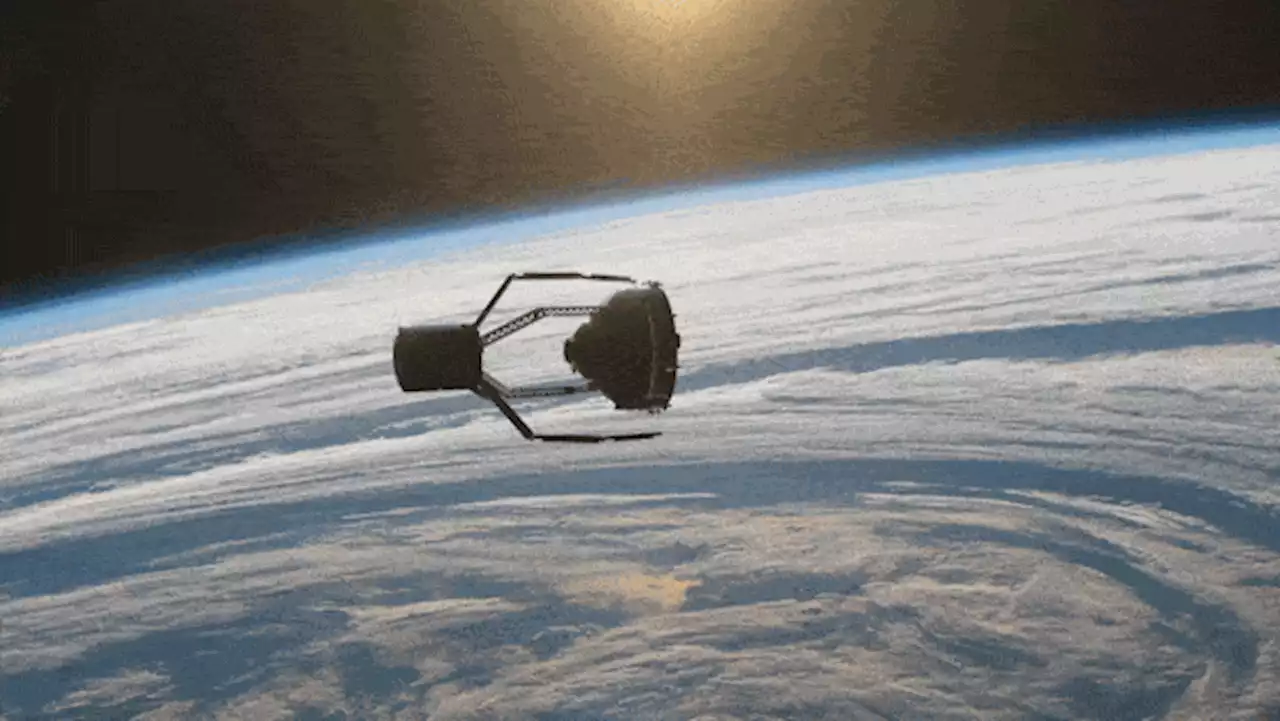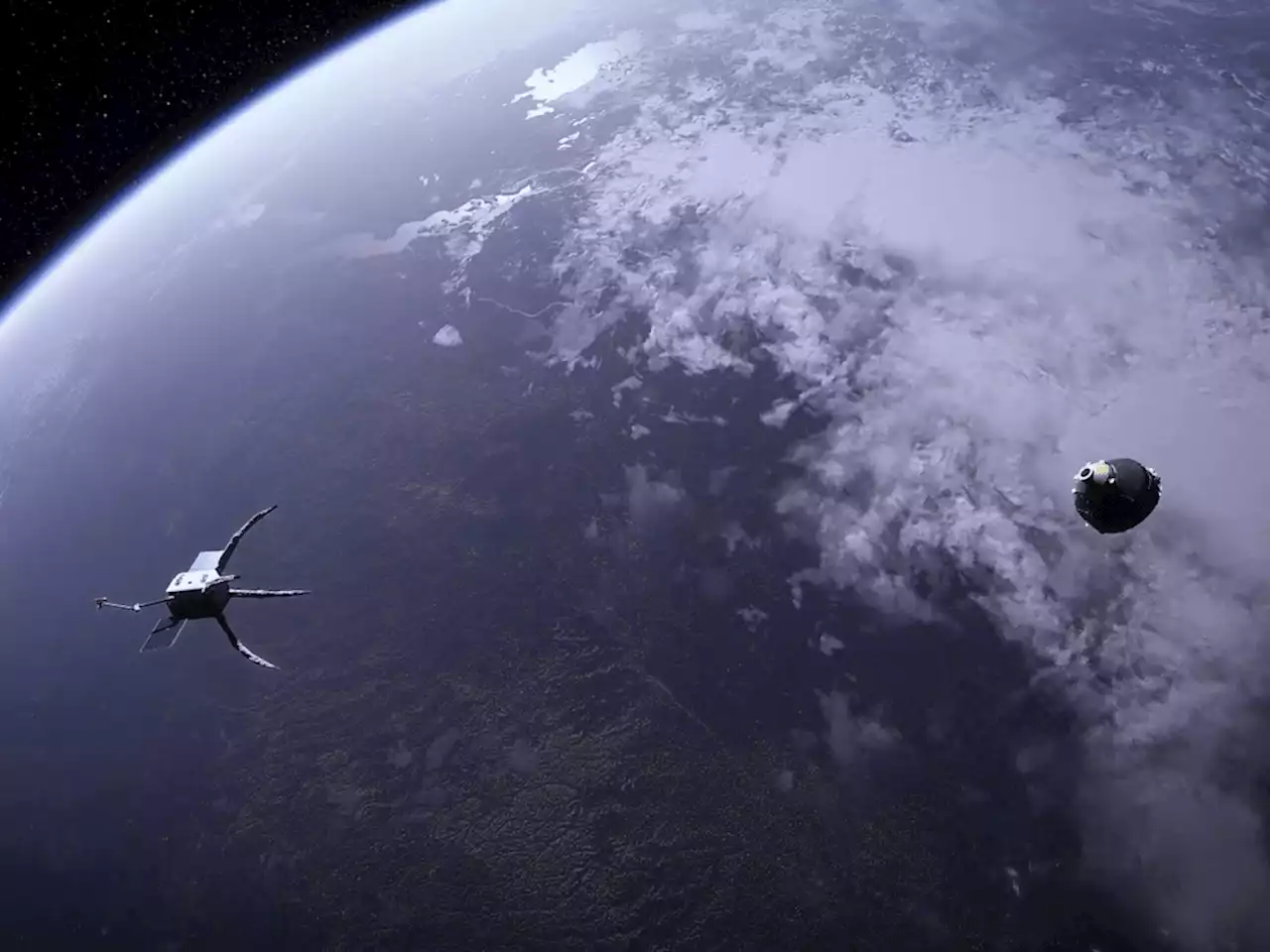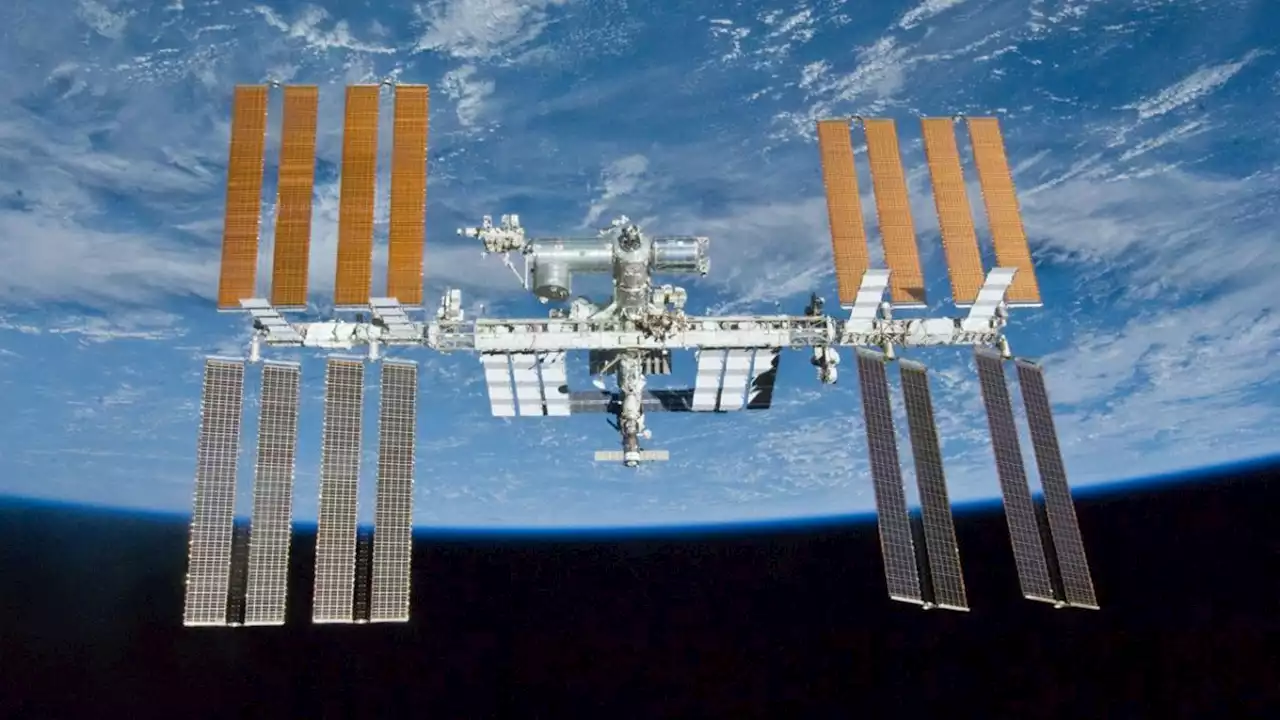NASA’s Cold Atom Lab is getting its second major upgrade and will be using it to explore the quantum realm. A major hardware update for NASA’s Cold Atom Lab lifted off aboard a Northrop Grumman Cygnus resupply spacecraft on August 1, on its way to the International Space Station (ISS). About the
A Northrop Grumman Cygnus resupply spacecraft – carrying over 8,200 pounds of science investigations and cargo for the International Space Station, including a hardware upgrade for the Cold Atom Lab – lifts off from NASA’s Wallops Flight Facility in Virginia on August 1. Credit: NASA/JPL-CaltechAtoms and particles are the building blocks of all known matter in the universe. However, they don’t always behave like the bigger objects they compose.
Cold Atom Lab makes it easier to study the quantum behaviors of atoms. One way is by chilling atoms to small fractions of a degree above the lowest temperature matter can reach, absolute zero. This causes the atoms to move more slowly, which makes them easier to study. In addition, some atoms at this temperature can collectively form a Bose-Einstein Condensate, a state of matter wherein their quantum behaviors, which are typically microscopic, can be observed on a macroscopic scale.
and other unique shapes that are impossible to form on Earth. This reveals how different geometries affect the behavior of quantum materials.The Cold Atom Lab upgrade will produce two to three times more atoms for each experiment inside the facility. “That’s analogous to upgrading to a telescope with higher resolution,” said Williams. “With more atoms, scientists can collect more data in each experiment, and they can also expand the variety of experiments they can do.
Scientists will get more nuanced views of the behaviors of the ultracold atoms, including their physical dynamics as they evolve and their interactions with one another. And since atom clouds naturally cool as they expand, more atoms also mean the atoms can reach colder temperatures before they fully disperse.
“We hope that Cold Atom Lab will mark the start of an era where quantum tools are used regularly in space,” said Kamal Oudrhiri, the project manager for Cold Atom Lab at. “Because of Cold Atom Lab, we’ve shown that these delicate quantum tools are reliable and even upgradable in space. It’s our hope that Cold Atom Lab will be just the first of many quantum space missions to come.
Australia Latest News, Australia Headlines
Similar News:You can also read news stories similar to this one that we have collected from other news sources.
 Clearspace-1 space debris cleanup target in orbit just got struck by space debrisSpace junk does seem to be a growing problem.
Clearspace-1 space debris cleanup target in orbit just got struck by space debrisSpace junk does seem to be a growing problem.
Read more »
 A Space Junk Removal Mission Got Struck By Space JunkThe ClearSpace-1 mission was going to chuck a defunct payload adapter to its fiery death, but another piece of space debris got to it first.
A Space Junk Removal Mission Got Struck By Space JunkThe ClearSpace-1 mission was going to chuck a defunct payload adapter to its fiery death, but another piece of space debris got to it first.
Read more »
 Space debris targeted for orbital cleanup has been hit, possibly by other space debrisThe payload adaptor from a 2013 launch by the European Space Agency has been fragmented by a collision in orbit, officials say
Space debris targeted for orbital cleanup has been hit, possibly by other space debrisThe payload adaptor from a 2013 launch by the European Space Agency has been fragmented by a collision in orbit, officials say
Read more »
 Attempt to Clean Up Space Junk Foiled When Cleanup Target Hit by Even More Space JunkThe junk-on-junk collision created even more space junk, not to mention a headache for the scientists working on the ESA's clean up mission.
Attempt to Clean Up Space Junk Foiled When Cleanup Target Hit by Even More Space JunkThe junk-on-junk collision created even more space junk, not to mention a headache for the scientists working on the ESA's clean up mission.
Read more »
 ISS fires thrusters to avoid oncoming space junkIt's unclear how close the space junk was to the space station.
ISS fires thrusters to avoid oncoming space junkIt's unclear how close the space junk was to the space station.
Read more »
 The Irony. ClearSpace-1 Couldn't Clean up Space Debris Because its Target Already Got hit by Space Debris, Creating Even More Space Debris.The European Space Agency's ClearSpace-1 satellite was zeroing in on the spent payload adaptor from a 2013 rocket launch. Its task would be to extend arms, grab the chunk of debris, hug it tightly, and then pull it back into the Earth's atmosphere, de-orbiting and removing it from low-Earth orbit. On August 10th, mission controllers detected multiple pieces of space debris near its target - debris that was probably dislodged from it in the recent past. They're now scrutinizing the situation to plan their next step in the mission.
The Irony. ClearSpace-1 Couldn't Clean up Space Debris Because its Target Already Got hit by Space Debris, Creating Even More Space Debris.The European Space Agency's ClearSpace-1 satellite was zeroing in on the spent payload adaptor from a 2013 rocket launch. Its task would be to extend arms, grab the chunk of debris, hug it tightly, and then pull it back into the Earth's atmosphere, de-orbiting and removing it from low-Earth orbit. On August 10th, mission controllers detected multiple pieces of space debris near its target - debris that was probably dislodged from it in the recent past. They're now scrutinizing the situation to plan their next step in the mission.
Read more »
